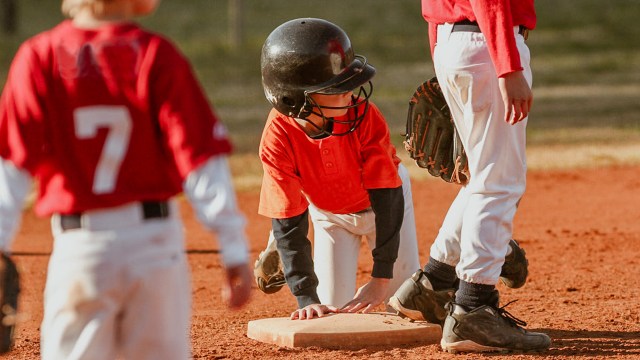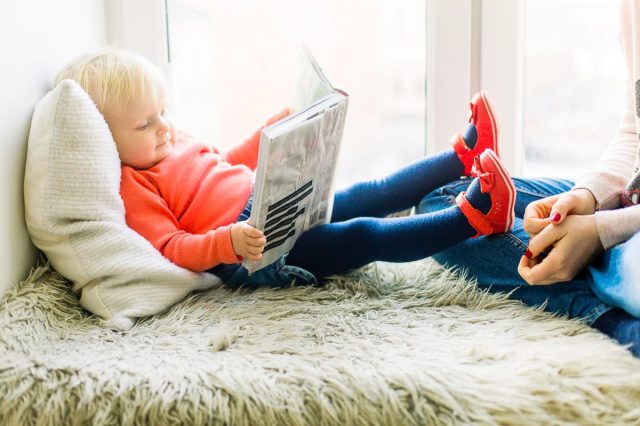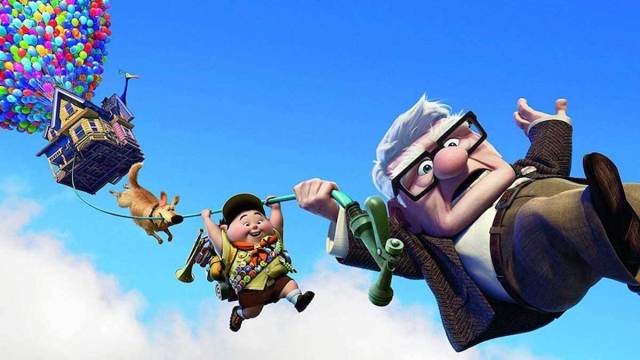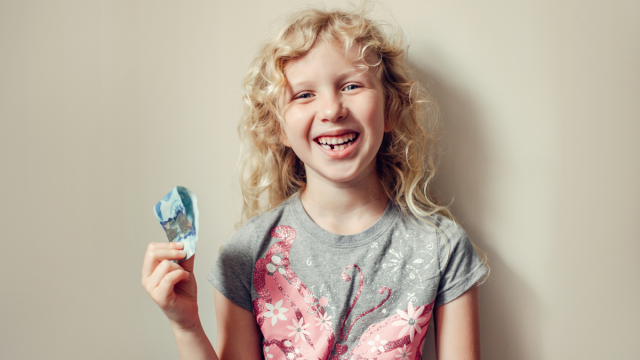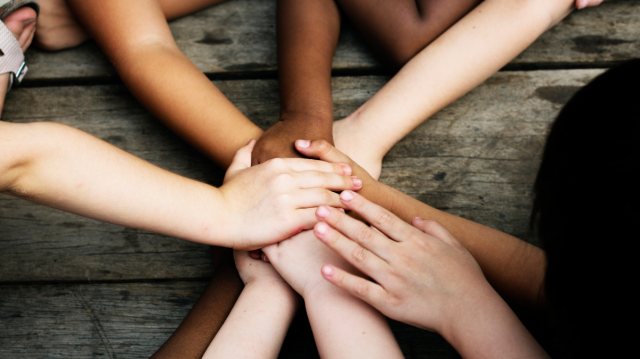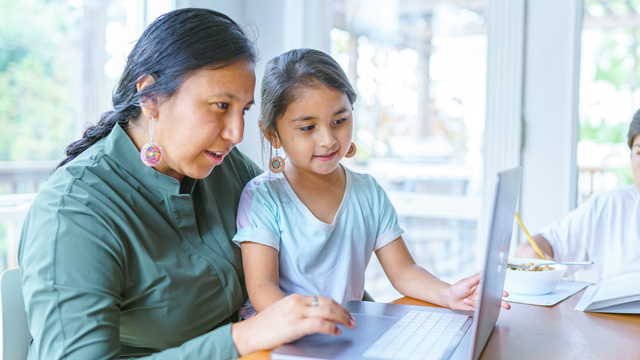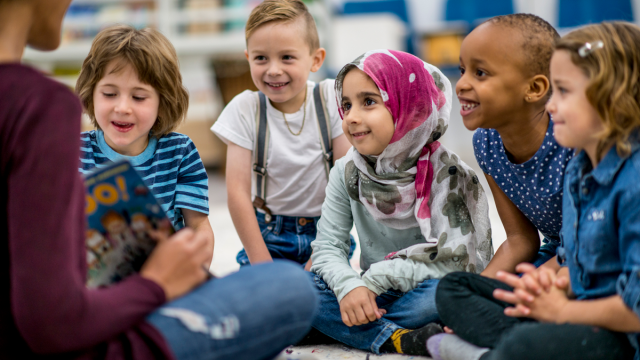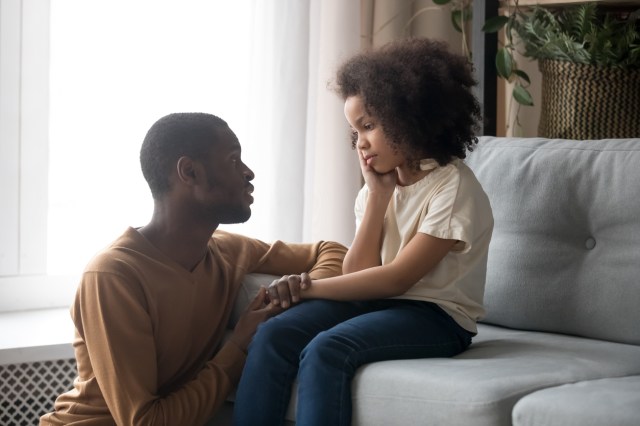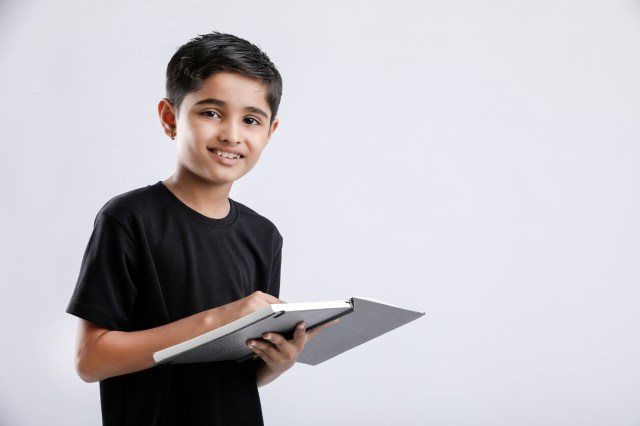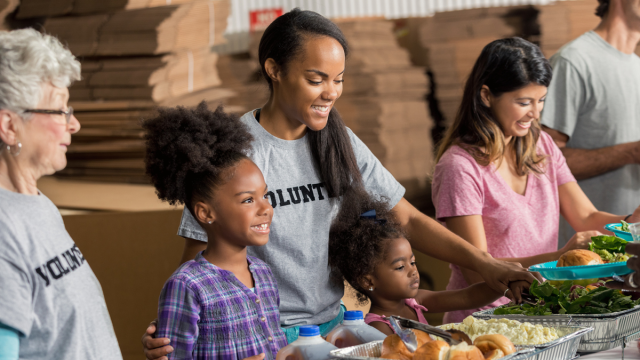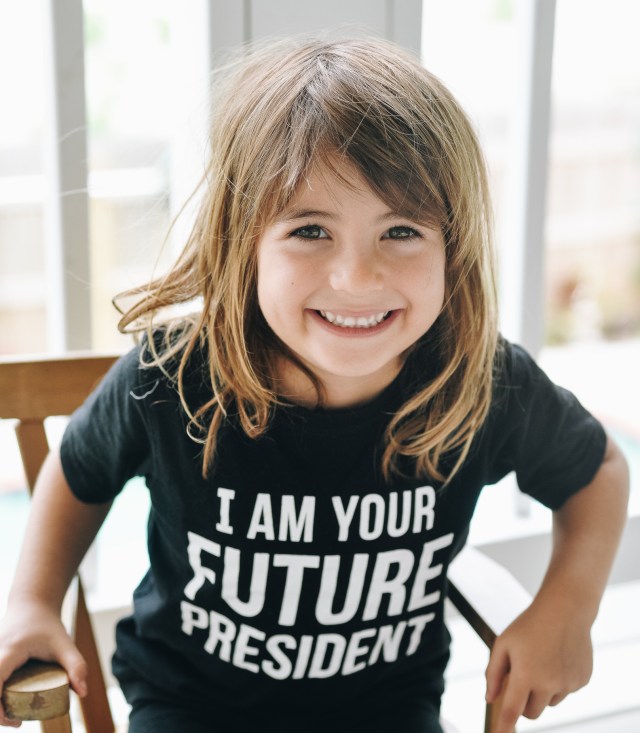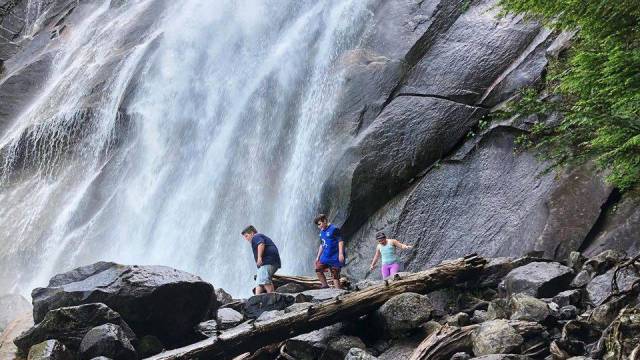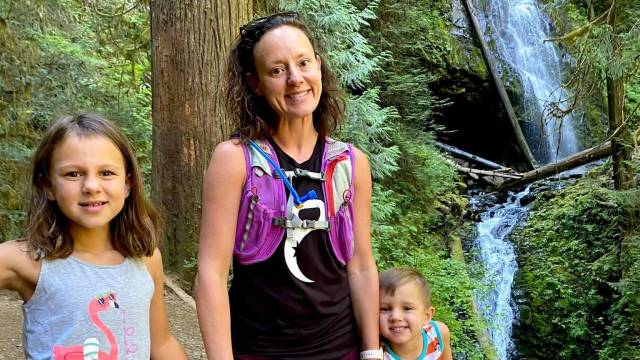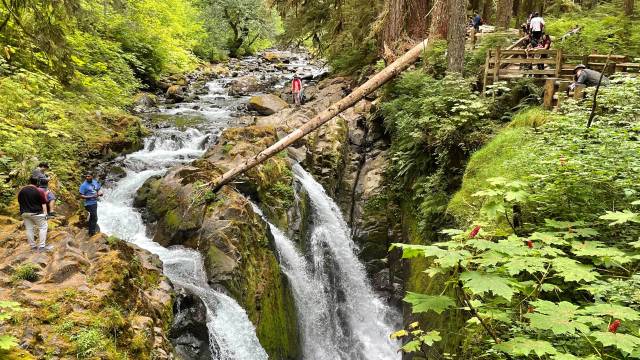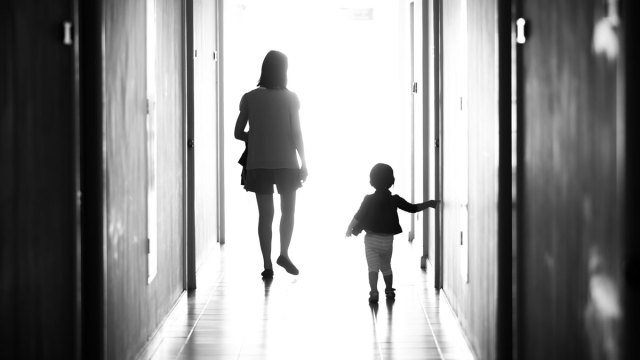When you’re a sleep-deprived new parent, how are you supposed to remember when you last fed your baby, how long they slept, or even when they were immunized and for what? Especially during those first few months when leaving the house freshly showered and in spit up-free clothing is considered a near miracle. Here’s the good news. You don’t have to. Some of the best baby tracking apps out there help exhausted parents stay on top of every milestone, feeding, diaper change, nap, and so much more.
1. Baby+

With Baby+ parents can track their child's height, weight, and head circumference through interactive graphs, and log information on feedings, diaper changes, sleep, and new teeth to get a better understanding of baby's routine. You can also keep track of baby's milestones and upload photos, as well as help baby relax at night or during feeding time with lullabies and white noise.
Available for iOS devices and on Google Play.
2. Sprout Baby
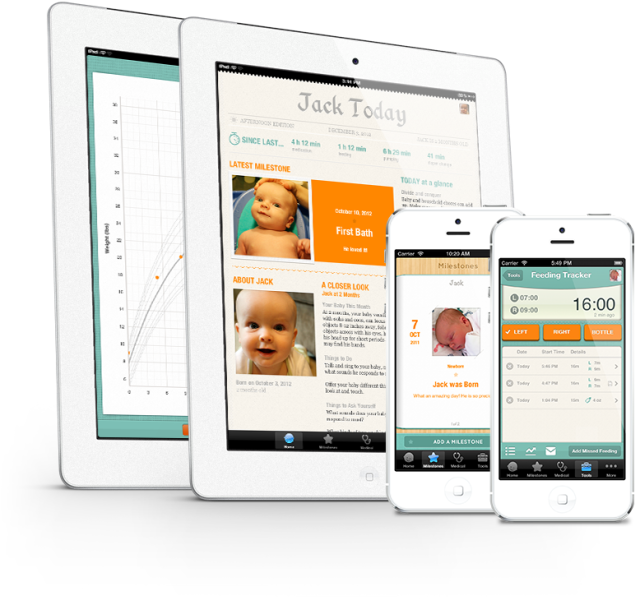
You can use the Sprout Baby app to record your child's health history (illnesses, symptoms, temperature, medications), as well as to keep track of feedings, bottles, pumping sessions, and diapers. The app features a handy printable report with your child's health data that you can bring to doctor's visits. There's also a memories section for recording milestones and other special moments, which you can then export to an eBook.
Available for iOS devices.
3. Talli
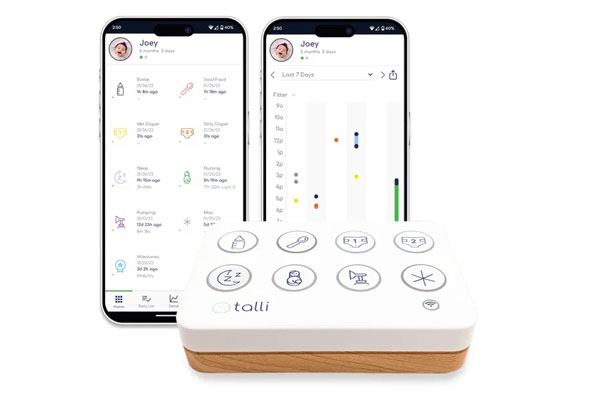
This baby tracking app is a little bit different. It pairs with a stylish device that comes ready to track baby's sleep, bottle feedings, diapers, pumping, and more right out of the box. And it's customizable too, so you can determine which of baby's many activities you track. The companion app is fully integrated to let parents track all sorts of data, see trends, invite family members and caregivers to contribute, and view past events. It's also Alexa enabled, for those moments when you don't have your hands free.
Available for iOS and on Google Play.
4. Tinybeans
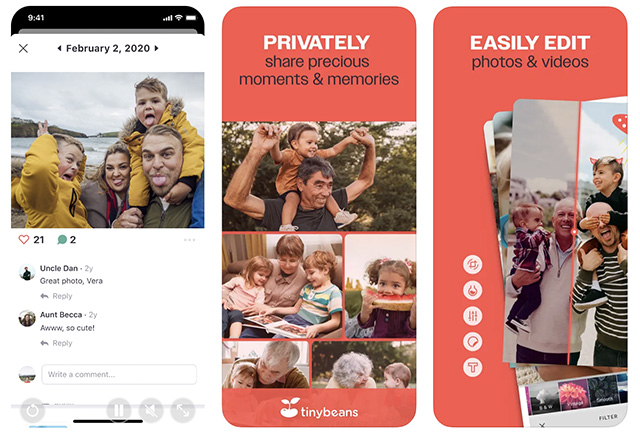
Yup, we've got an app! If you're looking for a secure place to store your baby photos, look no further than Tinybeans. You can edit pics before posting and share them with a select group of family and friends, who can comment on and join in the excitement of all your adorable new memories. The app will prompt you to post (to keep eager relatives appeased) and also track baby's developmental milestones.
Available for iOS and on Google Play.
5. BabySparks
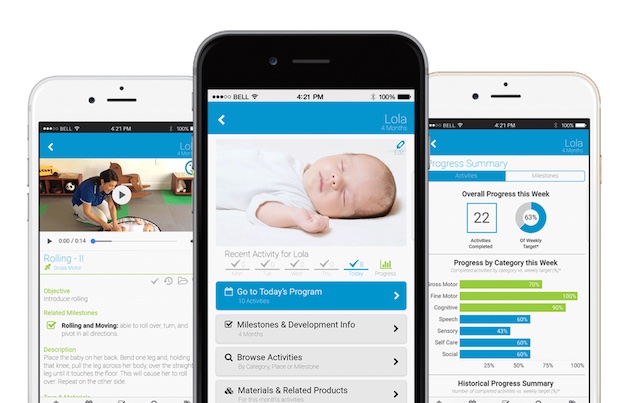
This development tracker informs you when children typically learn specific skills, compiled from sources including the American Academy of Pediatrics and Centers for Disease Control and Prevention. BabySparks also provides activities you can do with your child to support this development. The activities are organized by the area of development: gross motor, fine motor, cognitive, speech, sensory, self-care, and social-emotional, so you can focus on a specific area if you prefer. The app also offers a paid subscription option so parents can access parenting classes.
Available for iOS devices and on Google Play.
6. BabyTime

All caregivers can track and record baby's activities in the BabyTime app. And since it's designed for one-handed operation, you can save all that valuable information while holding baby—a big plus. Track breastfeeding, bottles, sleep, and diapers, and use the slick charts to oversee baby's day or identify trends. There's also a night mode with a low-contrast background that's easier on your eyes.
Available for iOS devices and on Google Play.
7. Baby Connect
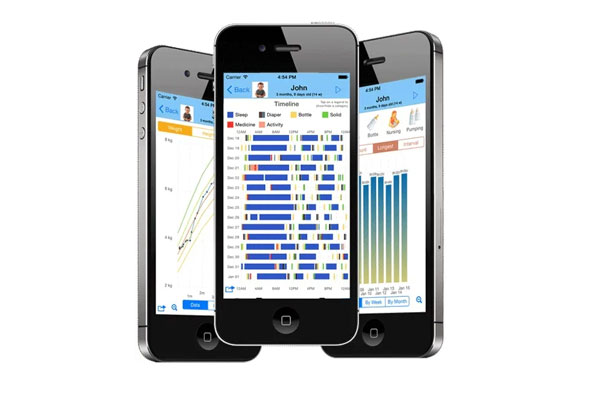
Baby Connect records diaper changes, naps, moods, feedings, medicines, photos, and activities, and displays it in graphs and charts to help you identify trends. Multiple users can access your kid's info so your babysitter, Grandma, and other caregivers can see what baby has been up to and keep you updated, too. And the voice integrations mean you can record important information, even when your hands are full.
Available for iOS devices and Android.
8. Baby Tracker
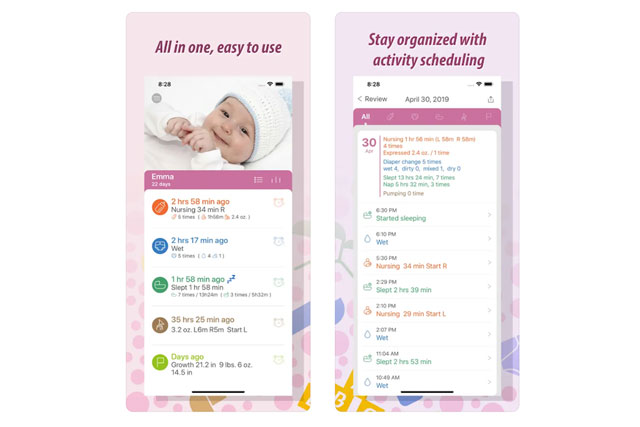
Love knowing when every little thing happened and when it might happen again? Baby Tracker keeps track of every element of your baby's day, including sleep, feedings, and diaper changes. You may even discover your newborn's natural daily routines and nap schedule by comparing a week's or a month's worth of days. You can also track and record memories, growth, medical history, milestones, and more.
Available for iOS devices and on Google Play.
9. Baby Feed Timer

Nursing moms love the Baby Feed Timer app because you can record which side you fed your infant with last. Bottle-feeding parents love that you can keep track of just how much formula baby took each time. This baby tracking app will also tell you when it's time for the next feeding. Plus, it tracks diapers, pumping, medication administration, sleep, and solid feedings, making it useful past the first year.
Available for iOS devices and on Google Play.
10. Glow Baby

This baby tracking app for the first year tracks developmental milestones, feedings, diapers, sleep, baby's ailments, medications, and more. Use Glow Baby's timers to manage feeding and sleep schedules, and then head to the in-app community to chat with other parents and share strategies and successes.
Available for iOS devices and on Google Play.





